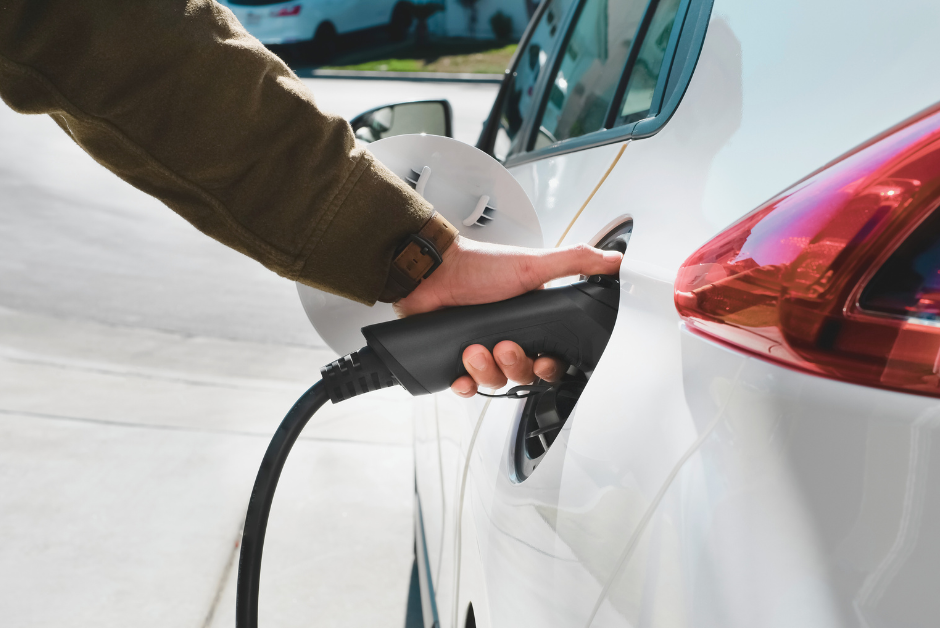The electric vehicle (EV) revolution is accelerating rapidly, with urban centers at the forefront of this transformation. As cities around the globe strive to reduce carbon footprints and improve air quality, urban EV charging hubs are emerging as pivotal elements in reshaping city transport in 2024. A recent report by Bloomberg Green highlighted that cities with robust EV infrastructure saw a 20% increase in electric vehicle adoption in 2023. This article will explore how these charging hubs are changing urban mobility, their benefits, and what this trend means for the future of sustainable living.
The Rise of Urban EV Charging Hubs
What Are Urban EV Charging Hubs?
Urban EV charging hubs are strategically located centers that provide multiple charging stations for electric vehicles. These hubs are designed to cater to the growing demand for EV charging in densely populated areas, ensuring accessibility and convenience for city dwellers. According to Electrek, these hubs not only offer fast-charging options but also integrate renewable energy sources, making them a sustainable solution.
Key Features of Modern Charging Hubs
- Fast-Charging Stations: Capable of charging a vehicle up to 80% in under 30 minutes.
- Renewable Energy Integration: Solar panels and wind turbines to power the stations.
- Smart Technology: Mobile apps for real-time availability updates and payment processing.
- Multiple Compatibility: Support for a variety of EV models, from Tesla to Hyundai.
Impact on Urban Mobility
The integration of charging hubs into city infrastructure is transforming how we think about urban mobility. In 2023, cities like Amsterdam and San Francisco reported a 15% decrease in congestion thanks to increased EV usage. These hubs reduce range anxiety, encouraging more urbanites to switch from gasoline-powered cars to cleaner, more efficient electric vehicles.
How Charging Hubs Enhance City Transport
Reducing Urban Emissions
Urban EV charging hubs play a crucial role in reducing vehicular emissions. By promoting EV adoption, these hubs help cities achieve their sustainability goals. The International Energy Agency (IEA) found that cities with extensive EV infrastructure reduced carbon emissions by up to 25% in 2023.
Boosting Economic Growth
Investing in EV infrastructure is not just about environmental benefits; it’s also a significant economic catalyst. According to Reuters Mobility, the EV market is projected to reach $800 billion by 2027. Urban charging hubs contribute to this growth by attracting new businesses and creating jobs in the renewable energy and technology sectors.
Enhancing Public Transport Networks
Charging hubs aren’t solely for private EVs. They are increasingly integrated into public transportation systems, powering electric buses and taxis. This integration supports cleaner public transport options, which are essential for cities looking to reduce traffic congestion and pollution.
Practical Guide to Using Urban EV Charging Hubs
How to Charge Your EV at Urban Hubs
- Locate a Charging Hub: Use apps like PlugShare or ChargePoint to find nearby charging stations.
- Check Compatibility: Ensure the hub supports your EV model.
- Initiate Charging: Use the hub’s app or contactless payment system to start charging.
- Monitor Progress: Most hubs provide real-time updates on your charging status.
Where to Find Charging Hubs
- City Centers: Often located near major shopping districts and business hubs.
- Transport Interchanges: Integrated with bus and train stations for easy access.
- Residential Areas: Increasingly available in high-density housing developments.
What to Compare When Choosing a Charging Hub
- Charging Speed: Look for fast-charging capabilities if you’re on a tight schedule.
- Cost: Compare pricing models, as some hubs offer subscription plans.
- Energy Source: Favor hubs powered by renewable energy for a greener footprint.
The Future of Urban EV Charging Hubs
Trends to Watch in 2024 and Beyond
- Wireless Charging: Emerging as a convenient alternative, allowing EVs to charge without cables.
- Vehicle-to-Grid Technology: Enabling cars to discharge electricity back into the grid, stabilizing energy supply.
- Expansion in Developing Markets: As EV adoption grows globally, expect to see more charging hubs in Asia and Africa.
Conclusion
Urban EV charging hubs are set to revolutionize city transport, offering a sustainable, efficient solution to the challenges of modern urban living. As we move further into 2024, these hubs will continue to drive the shift towards cleaner cities and more sustainable lifestyles. What steps are you taking to embrace this electric future? Whether you’re an EV owner or considering making the switch, urban charging hubs offer an exciting glimpse into the future of sustainable city transport. As we look ahead, the continued development of these hubs will be a crucial component in the global push towards sustainable mobility.

